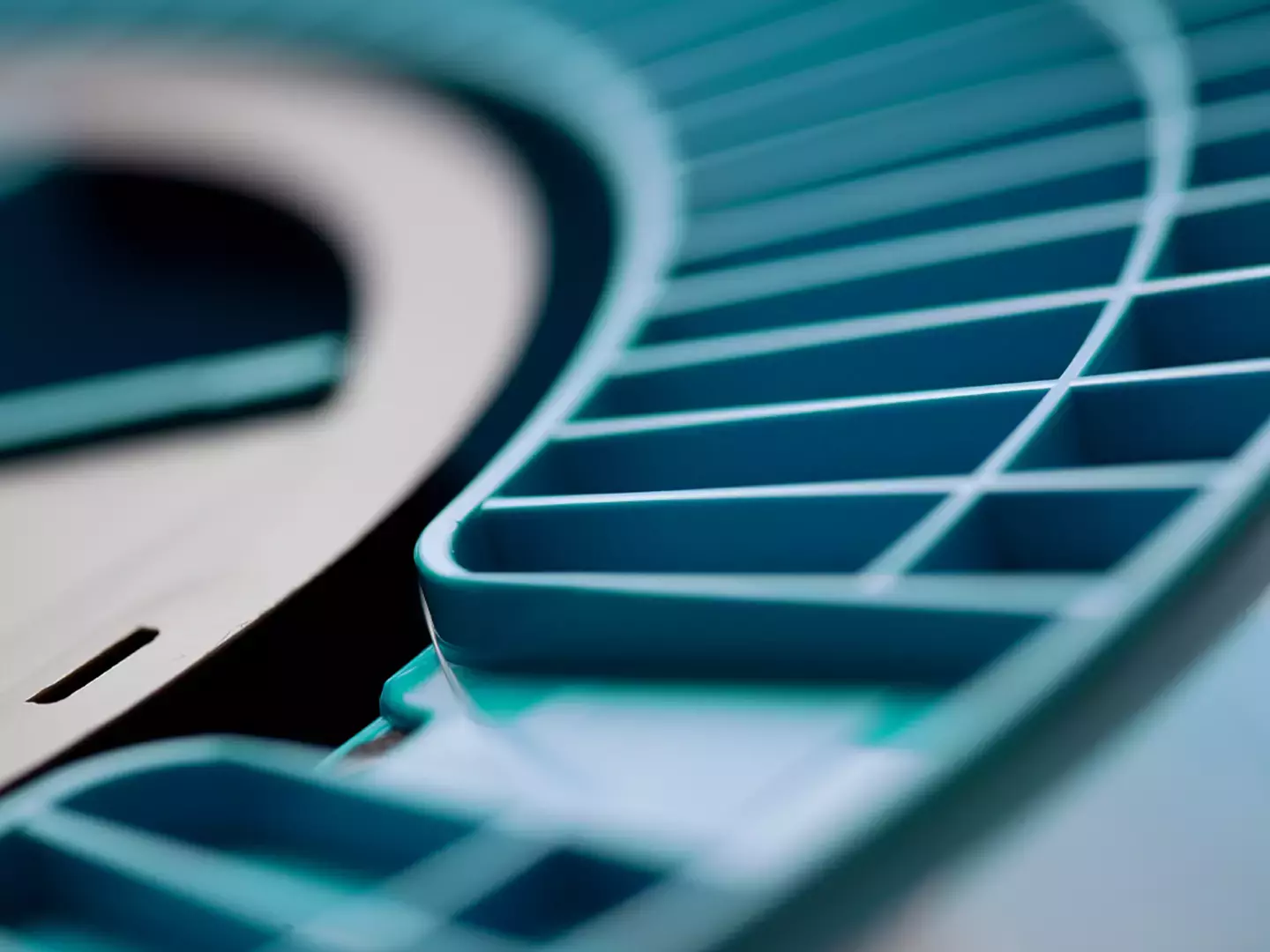The research conducted by Cameron Simmons and Ross Donaldson from the Institute of Photonics and Quantum Sciences, Heriot-Watt University, focuses on addressing noise issues in satellite quantum key distribution (QKD). The study proposes a novel approach using a multicore fiber beacon system to significantly reduce back-reflection noise, which is critical for enhancing the performance and reliability of satellite QKD systems.
KEY FINDINGS
1. Back-Reflection Noise Reduction:
- The study highlights that conventional methods, such as wavelength and time-division multiplexing, are insufficient in minimizing back-reflection noise.
- Using a 2-by-2 multicore fiber as an uplink beacon source spatially separates the QKD channel from the uplink beacon, achieving up to a 50 dB improvement in noise rejection compared to purely spectral division systems.
2. System Design:
- The proposed system uses a dichroic mirror to separate outgoing uplink beacon light from incoming quantum signal light, mitigating back-reflection issues in the QKD receiver module.
- A Fibercore SM4C1500 4-core fiber was utilized in the experiments, demonstrating significant reductions in back-reflected power when compared to single-core systems
3. Experimental Setup:
- The experiments used a Photodigm PH852DBR laser as the uplink beacon source, compatible with QKD signals spectrally separated from 852nm.
- The setup showed that back-reflected power coupled into the QKD receiving fiber is minimized when using multicore fibers, particularly with receiving fiber core diameters of 25µm or less.
4. Quantum Bit Error Rate (QBER):
- The reduction in back-reflected power significantly impacts QBER, with the multicore fiber system achieving QBER <1% for fiber core below 10µm diameter using 10ps time gating.
- Further spectral filtering and optimized fiber splitter systems are suggested for enhancing the system's performance, potentially allowing practical QKD operations with existing single-photon detector technologies.
5. Simulation and Validation:
- Simulations validated by experimental results showed that the proposed multicore fiber system significantly reduces back-reflected power and associated QBER.
- The geometry of the multicore fiber, such as core spacing and arrangement, plays a crucial role in optimizing noise reduction.
FIBERCORE'S INVOLVEMENT
Fibercore provided the multicore fiber used in the experiments, which was crucial in demonstrating the feasibility and effectiveness of the proposed noise reduction system. Their SM4C1500 4-core fiber was instrumental in achieving the observed improvements in noise performance.
CONCLUSION
The research presents a promising solution for reducing back-reflection noise in satellite QKD systems using multicore fiber technology. This approach not only improves noise performance but also maintains system simplicity and cost-effectiveness, paving the way for more reliable and scalable quantum communication systems in space applications.
REFERENCES
- Cameron Simmons and Ross Donaldson, "Multicore fiber beacon system for reducing back-reflection in satellite quantum key distribution," Optics Express, Vol. 31, No. 14, 3 Jul 2023, pp. 23382-23392. DOI: 10.1364/OE.493295.
For more detailed information, please refer to the full research article published in Optics Express: https://opg.optica.org/oe/fulltext.cfm?uri=oe-31-14-23382&id=532344

